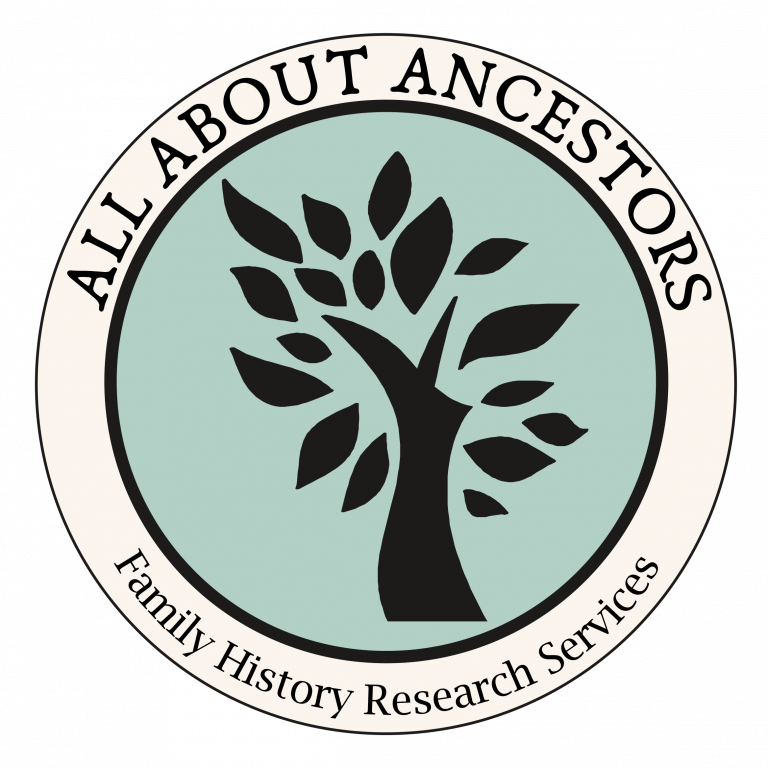When I first took an AncestryDNA test, I was excited to compare it with the traditional research I’d already done.
Why Does My AncestryDNA Ethnicity Estimate Say I’m Scottish When My Family Tree Doesn’t?
Understanding overlapping regions in AncestryDNA results

Above: My AncestryDNA estimate includes 21% Scotland — but I’ve never found a Scottish ancestor on paper.
When I first took an AncestryDNA test, I was excited to compare it with the traditional research I’d already done. As a professional genealogist, I’d traced every branch of my family tree back several generations using reliable paper records. Every line led back to northern England, with one small strand reaching Ireland. Not a trace of Scotland anywhere. So imagine my surprise when AncestryDNA’s ‘ethnicity estimate’ said I was 21% Scottish!
According to the ethnicity estimate, my DNA suggests I have Scottish ancestry — but how could that be?
It’s Not a “Mistake”… But It’s Not Straightforward Either
AncestryDNA ethnicity results aren’t a list of exact places your ancestors lived. Instead, they’re estimates based on comparing your DNA to reference populations of people currently living in those regions. And here’s the catch: people didn’t stay put. They migrated, married across borders, and had children in neighbouring regions.
In my case, ancestors from northern England (especially near the border) may share genetic markers with people from southern Scotland—and vice versa. That could easily explain why a DNA algorithm assigns a portion of my ancestry to Scotland, even though no documented Scottish ancestors appear on paper.

Above: DNA doesn’t follow borders. People from northern England often share DNA with populations in southern Scotland or northern Ireland.
What About a Non-Paternal Event (NPE)?
A reasonable question someone might ask is whether I’ve had an unknown ancestor — say, a child fathered by a Scottish man but raised under another name. This scenario is called a Non-Paternal Event (NPE), and it can happen. But I’ve cross-checked my DNA matches with my documented family tree. They line up. All my matches correspond to the known surnames and lines in my tree. There’s no mystery strand of Scottish DNA showing up in matches that don’t belong. So a NPE is highly unlikely in this case.
A Shared Genetic Heritage
So what’s really going on here?
The likely explanation is regional overlap. Ancestry’s Scottish region spans much of Scotland—but it doesn’t stop at the border. People from Northumberland, Cumbria, and other border counties in England often shared common ancestors with those just across the line in Scotland. Similarly, Ulster Scots migration between Ireland and Scotland has caused a lot of genetic crossover.
Ancestry even gives a range (for me, it’s 12–30%) to show that these aren’t fixed values—they’re part of a broader statistical model that depends on available reference data.
What This Means for Your Research
If your DNA test results include regions you don’t recognise in your family tree, don’t panic—and don’t throw out your tree! Consider that:
- Genetic regions overlap—especially in the British Isles.
- Historical migration, especially along the England-Scotland border, was common.
- Ethnicity estimates change over time as more people test and the science improves.
For now, your DNA test ‘ancestral regions’ section is a complement to your paper trail, not a replacement. It can offer clues, but it needs to be interpreted in context.
Curious about your DNA results?
If your AncestryDNA test is raising questions—or just feels confusing—I’d love to help you understand it in the context of your family history. I offer one-to-one consultations, analysis sessions, and full research packages.
